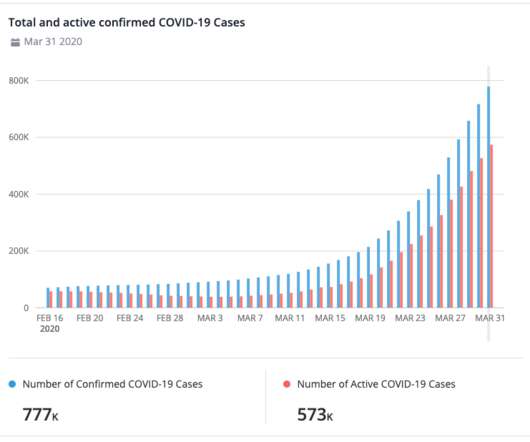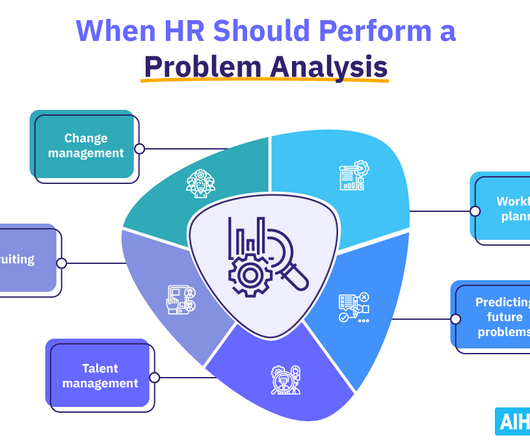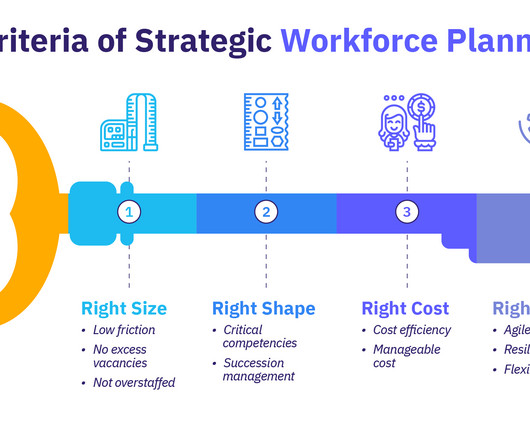Workforce Planning is a Team Sport: Collaborating for Success
MP Wired For HR
OCTOBER 29, 2024
To ensure effective workforce planning, it’s essential to recognize that different teams must work together, with HR and finance taking center stage. Understanding the financial implications of hiring decisions allows HR to strategically place the right talent in the right roles, ensuring that the workforce operates at peak efficiency.























































Let's personalize your content